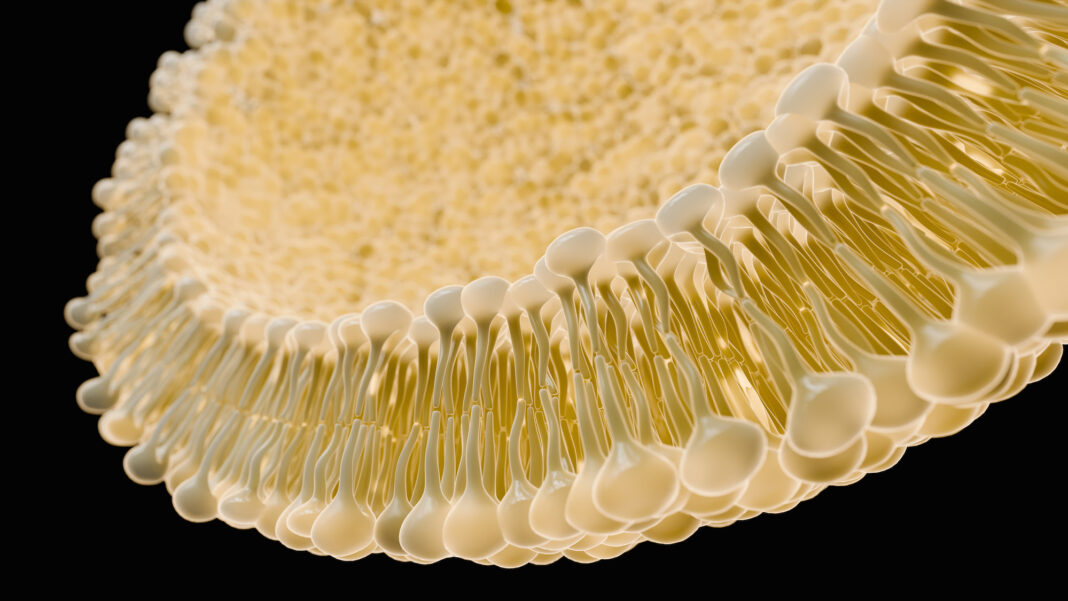Scientists from the University of Groningen in the Netherlands have identified receptors and proteins that play a role in cells’ internal buildup of nanoparticles. Many of these receptors and proteins were not previously linked to cellular uptake and intracellular processing or were part of non-canonical pathways. The findings significantly impact the development of nanomedicines based on nanoparticle delivery therapies.
The peer-reviewed article, “Genome-wide forward genetic screening to identify receptors and proteins mediating nanoparticle uptake and intracellular processing,” was published in Nature Nanotechnology.
Optimization of nanomedicine delivery
Nanotechnology’s utilization in medicine has resulted in the creation of nanomedicines, which substantially impact disease treatment. This phenomenon is particularly relevant in nanomedicines that utilize lipid nanoparticle (LNP) drug delivery systems. The FDA has approved dozens of pharmaceuticals that use LNPs to deliver medications to specific disease sites, and hundreds of pharmaceuticals are currently undergoing clinical trials.
Because unaltered nucleic acid-based medications encounter specific challenges in terms of delivery—susceptibility to degradation in biological fluids, lack of accumulation in target tissues, and inability to penetrate target cells, even if they reach the intended tissues— there is interest in expanding LNP technology to encompass the transportation of nucleic acid-based pharmaceuticals, including short interfering RNA (siRNA), messenger RNA (mRNA), and gene editing constructs.
However, many methods used to make LNP formulations of small molecules do not work for nucleic acid polymers because they are too big and have a negative charge. In addition, LNP formulations of small-molecule drugs only need to release the drug cargo once they reach the target tissue. In contrast, LNP formulations of nucleic acid-based drugs must also efficiently transport these macromolecules into target organelles within the cells.
Nanoparticle uptake and intracellular processing screening
Lead author Daphne Montizaan and colleagues used genome-wide forward genetic screening with insertional mutagenesis in this article to find proteins and receptors that help silica nanoparticles get into cells, stay there, and be processed. About 100 million randomly changed human haploid HAP1 cells—a fairly new cell model for editing genes with CRISPR-Cas9—were incubated overnight with 50 nm silica nanoparticles that were fluorescently labeled and a human serum corona in a medium without serum. When exposed to a high serum concentration, silica nanoparticles have been observed to selectively bind to the low-density lipoprotein receptor (LDLR) by interacting with specific apolipoproteins in their corona. This behavior is consistent with previous findings on lipid nanoparticles like Onpattro.
Sorting cells with decreased nanoparticle accumulation and conducting deep sequencing after each sorting successfully identified a significant number of enriched targets (80). Furthermore, the screen showed that corona-coated nanoparticles are absorbed through various receptors.
Among these were several genes that have not yet been linked to the processes of uptake and intracellular trafficking. This study’s findings indicate that non-canonical pathways may be involved in the intracellular accumulation of nanoparticles. Many identified proteins were recognized for their involvement in the absorption of viruses and exosomes derived from cancer.
For instance, the scavenger receptor class B type 1 (SCARB1)—a high-density lipoprotein (HDL) receptor necessary for the entry of the hepatitis C virus (HCV) into hepatocytes—facilitated nanoparticle accumulation. Additionally, heparan sulfate was found to act as a specific nanoparticle receptor, and its role varies depending on cell and nanoparticle type.
The results also confirmed the dominant role of lipoprotein receptors in the accumulation of different types of nanoparticles, probably due to the enrichment of several apolipoproteins in their corona, as for all nanoparticles used in this article. Despite the interaction with LDLR, the uptake of the nanoparticles did not include classic endocytic targets such as clathrin or dynamin, typical of endogenous LDLR ligands.
The findings of this study have significant implications for the development of endogenous targeting strategies using the nanoparticle corona. Various receptors may facilitate uptake through distinct mechanisms, resulting in varying efficiencies and intracellular outcomes. Finally, these factors can help create nanomedicines that interact only with certain types of cells and may lead to new ways of naturally targeting cells.


